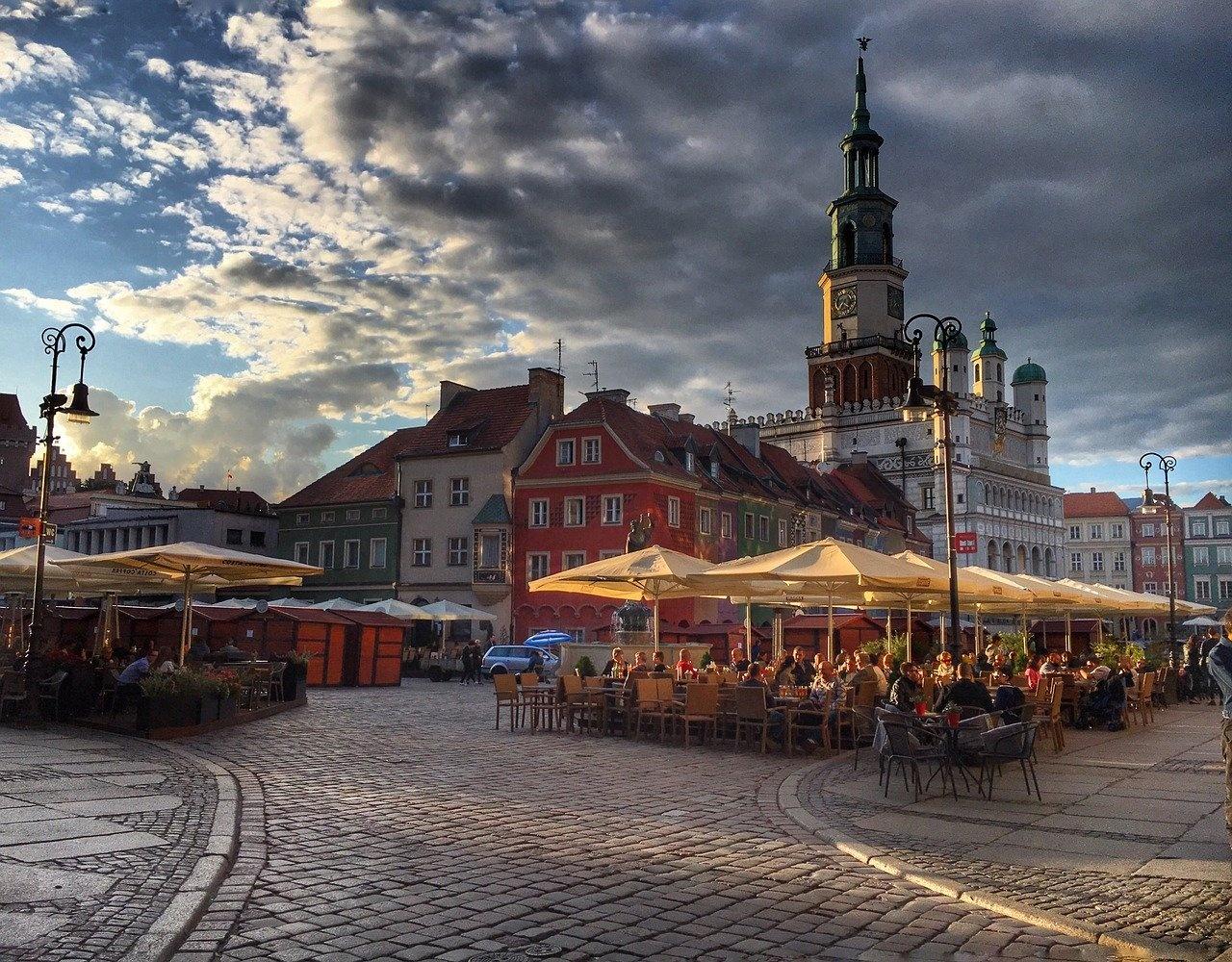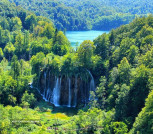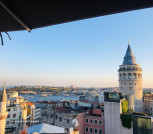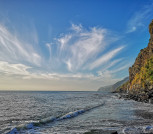
Travel planning, step by step
Planning a trip can be quite fun, but it can also be overwhelming. Planning your dream trip can get out of hand, but it's helpful to have a set of steps to go from dream to plan and book your dream vacation, your dream trip.
We asked Odyseos.com users if anyone would like help planning their trip. We received several responses and while we were helping them, we realized we could tell you a lot about travel planning.
Trip Planning. How to plan it
Here is our multi-step trip planning process that we go through to plan a trip. By the end, you'll know how to plan a trip and should have an itinerary you can use to start booking flights, hotels, tours and other activities.
Better yet, get packing. Plan your trip. Travel smarter. Plan your trip the easy way.
Travel Planning. How do you plan a vacation?
You have to start somewhere. Do you want to take a trip through the countries of Europe or two weeks in Rome? Imagine the time you have. Do you only have a few days to complete a business trip or are you planning a two-week vacation?
Write a few words to help you focus your search. If you are taking the trip with someone else, involve them already at this stage. You want to make sure you are on the same page when planning your trip.
Travel Planning. Brainstorming
This is the wild, open-ended stage of gathering ideas for your dream vacation. There's no question of cost or distance, just the joy of looking at everything you might encounter. Finding vacation ideas is as easy as spending an hour browsing social media. How you get down to planning your trip is up to you and will depend a bit on where you go.
- Search for "Top 10 in Rome" and "Things to do in Barcelona" and "one week in Paris" where the suggested city name is your destination.
- Search Google Images or Pinterest for your destination. Try to figure out what sights you want to see.
- Search for a private travel guide who can help you plan your dream vacation. A guide can help you plan your trip and have an amazing experience, so be sure to see what they have to offer. For a little inspiration, check out the tour recommendations on the private tour guide website.
- Look for food tours in the city you're traveling to.
- Search for holidays and festivals in the town and time you will be staying in. Also check the weather for the time of year you will be visiting.
Save everything. Open an open document and copy the names of the sights and the city. If you find some good websites with lots of information about the place, copy their addresses as well.
Try not to let this step take more than a few hours (or days). This is an important part of the process, but one that can suck you to sleep. You need to move on to the actual planning of your trip. Get inspiration for your trip from social media sites travel guide pages, books.
It is important that you start planning your trip as early as possible. This way you give yourself more time to prepare well for your vacation. Tell your friends and relatives about the planned trip, maybe someone of them has already been in the city or country where you are going. Maybe someone of them will share their personal experience of the trip. Suggest how, where and when to visit.
Planning a trip. Get the data
The brainstorming step was without judgment; judgment is important in this phase. There is no way you can visit everything in one trip. You also don't want to have a trip where you waste too much time moving around.
The data acquisition phase, is about taking your list of attractions and grouping them into places, and labeling which sights, places and events are actually important to you.
- Group your sights, tours and list ideas around specific places. How large and extensive these places will be depends on your trip. If you're planning a trip across the country, your lists are probably regions and cities. If you're going to one city, your places are probably neighborhoods.
- Highlight the most relevant places. Choose the places you care most about. Choose the ones that if you don't see them you will be disappointed. Try not to limit yourself. It is certainly not the case that you desire to see everything.
- Also, don't be shy about knocking places and events off your list. Sometimes when you try to group attractions together, you realize that a place is so far removed from the other attractions that it would be a huge commitment to see it. Feel free to knock it off the list.
- Mark all monuments that are closed on a certain day of the week or during your trip. Museums are often closed on Mondays. Churches may be closed to visitors on holidays. Vacations can mean all kinds of accessibility restrictions for both visitors and transportation.
- Vacations and festivals can be good or bad, depending on your desires. Sometimes the festival you are interested in will just make the place more crowded and expensive. Another cool, small, local place can turn into a tourist attraction.
Trip planning. Count the days
Most of us have to fit a trip into the days available, rather than deciding how many days based on what you want to see. Figure out how many days you have to plan and try to embrace where you want to spend them.
Take into account the day you arrive and the day you leave, as well as any transportation days between cities. And if you are changing time zones, leave room for jet lag.
This will be a very individual step for each person and trip. For some trips you may want to set aside a few days just lying on the beach, while for others you may want to see as many different places as you can without going into too much detail.
Many people plan about one major attraction per day plus an additional 1-2 smaller ones. The major sights are those that take several hours to visit, like museums and tours of entire neighborhoods. These probably need to be booked in advance. The smaller sights are attractions that you probably just want to see quickly and take a few pictures. Day trips take a full day. Exactly how much you can pack into one day depends on your means of transportation and your own tolerance.
On each of your attraction lists, count the experiences and try to estimate how long it will take you to do it all. If you like people, meeting them share and experience adventure you will benefit from a private tour guide to help you plan everything . It so happens that you want to see a lot. That's what the next steps are for.
Planning your trip. Choose the places
Depending on how much time you have, choose 2-3 group lists that you would like to see. Create a very loose plan of X days here and Y days there. These days probably won't be enough to cover everything you want to see, but that's okay.
Arrange the days and places on a calendar. Know what day you are arriving and departing at each place. Check the places you want to see against your scheduled days and their availability. Is the museum you want to see closed on Mondays? Does your vacation plan call for you to be in the area only on Mondays?
This may look like a small part of how to plan a vacation, but in practice it can be quite difficult. You can use Google Maps, an Excel sheet, post-it notes, and pencil and paper.
Travel Planning. Organize transportation
Can you really get to the places you want to see? This step should help you answer your next questions. Getting to your dream destinations .
Check flights from your home to your destination.
- Can you find direct flights?
- Do you see long layovers that you can take advantage of?
- What time do the flights leave and arrive?
- What is the cost of these flights?
It is important to ask when the flights depart. If your flight home leaves before noon, you will probably have to be in the city of departure for the last night. If the flight departs at night, you may even be able to do some sightseeing.
Getting there
As a rule of thumb, it usually takes at least half a day, if not more, to move from one city to another. Even a one-hour flight can take 5 hours or more, with all the extra time it takes to get to and from the airport and the time it takes to get to the airport. Often buses and trains are better options. This is a step to check your options.
- How often does the train and/or bus run?
- If it is a day trip, how often does the transportation run to get back? What time is the last course? What time is the first course?
- Do you have to buy tickets in advance, or can you buy tickets at the last minute?
- How much do tickets cost?
In Europe, you may have to go to the individual railroad websites for each country you are traveling in. Most of them have an English option.
As an alternative to the train, check out bus connections. In many cases, these are at very affordable prices. Very many people take advantage of them. In Europe, bus services are usually quite convenient, although probably not everyone is willing to take the bus for too long a journey.
Do this research for each city transportation and for each day trip you want to take.
You can always ask a private tour guide who can book and buy transportation tickets for you for a fee. The guide speaks the local language. He or she knows how to freely navigate the booking systems of carriers and local transportation companies.
Travel Planning. Plan your budget
At this point, you should have a general outline with places selected and described that fit within your time frame. Then find a hotel, hostel, or private place to sleep in. This step is not about making hotel reservations and reading reviews, but rather getting a general impression of how expensive the place will be. Do this for each place you plan to stay overnight.
Combine this with transportation costs and any tour bookings you know you want to do. The breakdown should get you an overall picture of transportation and lodging costs. Remember that you will have additional costs for food, shopping, and activities in your vacation budget.
Travel Planning. Verify
- A big part of how to plan a trip is, are you excited about the trip?
- Can you see the major things you want to see?
- Does the budget fit what you can afford?
- Are there transportation options to get where you want to go?
- What if you don't make it?
This is an interactive process. The 'plan transportation' step can be challenging. If there is no good transportation connection, you may have to rethink your travel plan. It is in preparing your trip that you can use a private tour guide who is on the ground, knowledgeable, experienced, speaks the language and knows the local customs.
It may be helpful to choose different cities or a different order of cities. Flights without day bookings can be a good option so you don't lose a day at the end of your trip returning to your original city.
Go back to the previous steps to try to find an itinerary that seems to work.
Travel Planning. What does this all add up to?
You should have a list of places with several overnight stays and a list of possible activities at each. If you have multiple cities on your itinerary, you should have some electronic notes on how to get from one place to another. You probably also have some notes on hotel and transportation costs.
You should also have a gut feeling that your itinerary is something that you actually want to do. If you don't feel very excited, go back to your original list of attractions and places. See if there is anything you could be more excited about and how you can change your itinerary to make it your dream vacation.
From there, you can do more detailed research on hotels, tours, and transportation. Once you have done the work and researched your itinerary, you can start booking flights, hotels, tours and more. Before you know it, you'll be on your way!
You are on a site that is a database of Polish travel guides. Contact a private guide in the country, city you are traveling to. Take advantage of his services.


 Svenska (Sverige)
Svenska (Sverige)  Nederlands (nl-NL)
Nederlands (nl-NL)  Italiano (Italia)
Italiano (Italia)  Español (España)
Español (España)  Français (France)
Français (France)  Deutsch (Deutschland)
Deutsch (Deutschland)  Polski (PL)
Polski (PL) 




